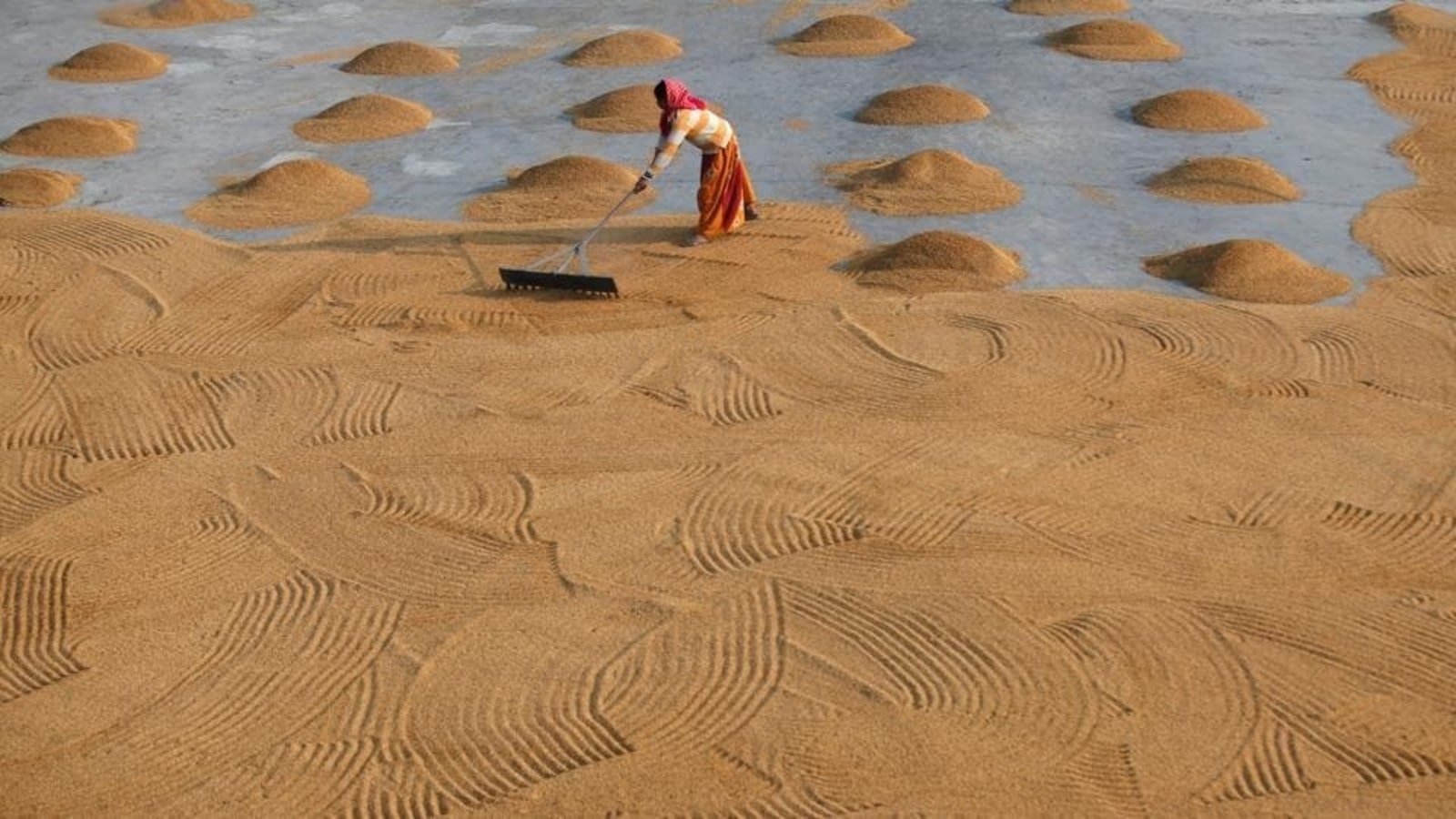India aims to provide fortified rice under all state food schemes in three stages by 2024 to improve nutritional outcomes, a plan that will require a massive upgrade of the country’s food infrastructure to deliver a program some experts say is not a Magic wand.
The cabinet approved the proposal on April 8. The transition will cost $2,700 million rupees each year until 2024, according to official data, which will be borne by the Center.
The Food Corporation of India (FCI), the Centre’s grain handling agency, has already stockpiled 8.8 million tonnes of iron-fortified rice for distribution and supply under targeted schemes.
During stage 1, the program will cover the Integrated Child Development Scheme (ICDS) and PM POSHAN by March 2022. Both schemes target school children and women with nutritional interventions, comprising at least one hot and cooked school meal. .
In stage 2, the program will cover the public distribution network in all of India’s so-called aspirational districts and 291 districts with the highest levels of stunting by March 2023. The third stage will expand the program to all remaining districts. by March 2024.
Despite the country’s rapid economic growth, large numbers of children and women still suffer from significant levels of hunger and malnutrition. According to the 2016 National Family Health Survey-4, which provides some more recent data on health and nutrition, 38.4% of children in the country are stunted (low height for age) and 21% are wasted ( low weight for height).
Poor health in children often begins in their mother’s womb. The survey showed that the prevalence of anemia among Indian women had seen only a small decline from 55% in 2005-06 to 53% in 2015-16.
In his 2021 Independence Day address, Prime Minister Narendra Modi announced that his government would distribute fortified rice by 2024 under all schemes, leading to cabinet approval.
The scheme is already running as a pilot in 15 districts in five states. Reviews and data collected from the pilot show that the government will need to increase the supply of fortified rice grains, currently available at just 15,000 tons a year compared to the estimated 100,000 tons needed to cover the 112 called aspirational districts, an official said. requesting anonymity.
Fortified rice grains are the basic ingredients that enrich rice with vitamins and minerals. About 28,000 rice mills in the country will have to be equipped with mixing machines to mix fortified rice grains.
In 1962, India’s plan to fortify table salt with iodine was crucial in addressing deficiency and widespread syndromes such as goiter.
Nutrition experts are divided on the benefits of fortified rice, some of whom say that a diversified and balanced diet has no alternative. For example, to process (absorb) the iron in fortified rice, the body needs several other vitamins in sufficient levels, known as cofactors, experts say.
A 2019 multi-country peer-reviewed study (https://bit.ly/3xPQlU8) found that “fortifying rice with iron alone or in combination with other micronutrients may have little or no difference in the risk of anemia” .
“One should see this move to strengthen staple foods as an affordable and complementary strategy to provide key nutrients, in addition to diversified diets,” said Tarun Vij, country director of the Global Alliance for Improved Nutrition (GAIN), which has advised to FoodStandard. and the Food Fortification Resource Center Safety Authority of India, cited by HT’s sister publication Mint.
.
